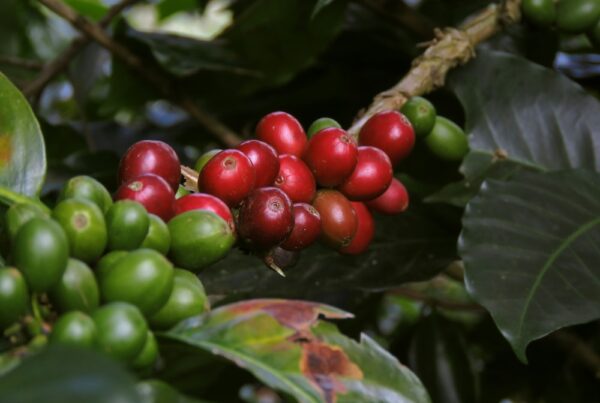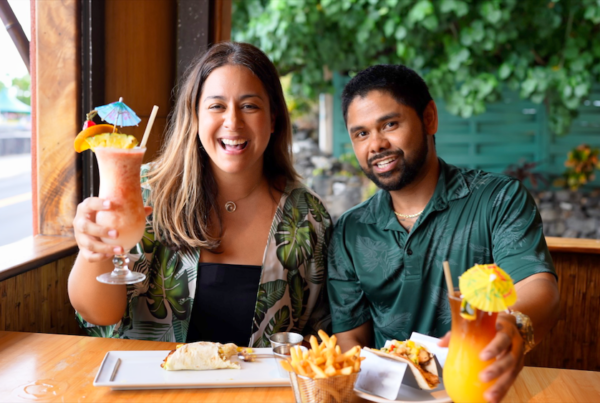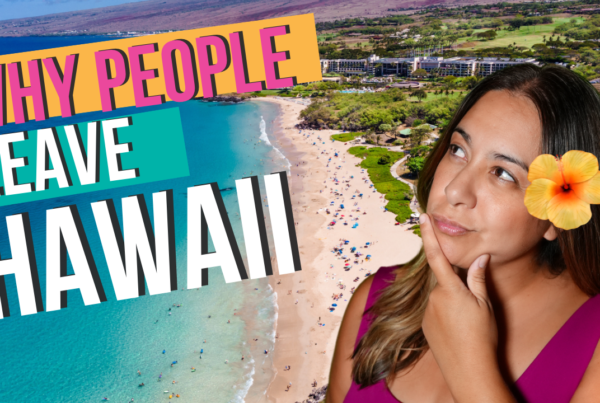Believe it or not, the Big Island is a place of extreme climates. It’s not what a mid-western couple planning their once in-a-lifetime, mid-winter dream vacation wants to hear — but it is a fact. Hawai’i Island contains perhaps the world’s greatest concentration of climate types in its 4,028 square miles. You’ll find dry, coastal deserts, hot and humid tropical rainforests, snow-capped mountains, and more. Let’s explore the climate zones in depth.
Hawai’i Island boasts the two tallest mountains on earth. When measured from their base on the ocean floor, both Mauna Kea and Mauna Loa rise over 13,000 feet high. The summits have a Polar Tundra climate, where soil is permanently frozen and the area receives an average of 15” or less of rain annually.
Below the summit is the Summer-Dry Cool zone, and below that is the Summer Dry-Warm climate. The Summer Dry-Warm zone dominates the volcanic saddles between Kohala and Mauna Kea, as well as the Waimea Plains; here ,the weather is characterized by summer dryness. The next climate down in elevation makes up the largest climate zone on the island — the Continuously Wet Warm Temperate climate. Below this temperate zone lies the Wet Tropical climate, which stretches along the entire windward coast from sea level up to 2000 to 3000 feet in elevation lays the Continuously Wet sub-zone.
On an island in the tropics with 10 different climate zones, from Arid to Wet Tropical to Cool Temperate to Polar Tundra, Hawaiʻi Island is an island of all seasons!
National Parks
There are four national parks on Hawaiʻi Island, and each of them is worth the visit. The national parks were established to preserve the island’s natural history and wonders.
Each of the four Big Island national parks are excellent sites to explore and to learn about the natural treasures of Hawaiʻi Island.
Hawaii Volcanoes National Park: This National Park is located between Hilo and Kona and is by far the most popular attraction on Hawai’i Island, for both locals and visitors. It is one of the very few places on this planet where you can safely view an active volcano up and personal.
Puʻuhona O Honaunau National Historical Park: Puʻuhonua means “place of refuge.” This is the site where Hawaiians that broke a kapu (law) fled to avoid punishment. The park contains numerous archaeological sites, including temple platforms and royal fishponds. Puʻuhonua o Honaunau is located in the middle of the lush Kona coffee belt and is very close to two (Kahaluʻu Beach Park and Kealakekua Bay) of the best snorkling spots on Hawaiʻi Island.
Kaloko-Honokōhau National Historic Park: This Park protects an ancient Hawaiian settlement. It contains partitions of the typical Hawaiian ahupuaʻa (land division from the mountain to the sea), and you can also find ancient kiʻi pohaku (petroglyphs). A bonus to the Kaloko-Honokōhau park are the two beaches. Honokōhau and Aiʻopio beach, combine into a mile-long sandy beach which never feels “busy.”



